 Al Gore. Source of the image: online version of the WSJ article quoted and cited below.
Al Gore. Source of the image: online version of the WSJ article quoted and cited below.
(p. A16) The interview had been scheduled for months. Mr. Gore’s agent yesterday thought Gore-meets-Lomborg would be great. Yet an hour later, he came back to tell us that Bjorn Lomborg should be excluded from the interview because he’s been very critical of Mr. Gore’s message about global warming and has questioned Mr. Gore’s evenhandedness. According to the agent, Mr. Gore only wanted to have questions about his book and documentary, and only asked by a reporter. These conditions were immediately accepted by Jyllands-Posten. Yet an hour later we received an email from the agent saying that the interview was now cancelled. What happened?
. . .
Clearly we need to ask hard questions. Is Mr. Gore’s world a worthwhile sacrifice? But it seems that critical questions are out of the question. It would have been great to ask him why he only talks about a sea-level rise of 20 feet. In his movie he shows scary sequences of 20-feet flooding Florida, San Francisco, New York, Holland, Calcutta, Beijing and Shanghai. But were realistic levels not dramatic enough? The U.N. climate panel expects only a foot of sea-level rise over this century. Moreover, sea levels actually climbed that much over the past 150 years. Does Mr. Gore find it balanced to exaggerate the best scientific knowledge available by a factor of 20?
Mr. Gore says that global warming will increase malaria and highlights Nairobi as his key case. According to him, Nairobi was founded right where it was too cold for malaria to occur. However, with global warming advancing, he tells us that malaria is now appearing in the city. Yet this is quite contrary to the World Health Organization’s finding. Today Nairobi is considered free of malaria, but in the 1920s and ’30s, when temperatures were lower than today, malaria epidemics occurred regularly. Mr. Gore’s is a convenient story, but isn’t it against the facts?
. . .
Al Gore is on a mission. If he has his way, we could end up choosing a future, based on dubious claims, that could cost us, according to a U.N. estimate, $553 trillion over this century. Getting answers to hard questions is not an unreasonable expectation before we take his project seriously. It is crucial that we make the right decisions posed by the challenge of global warming. These are best achieved through open debate, and we invite him to take the time to answer our questions: We are ready to interview you any time, Mr. Gore — and anywhere.
For the full commentary, see:
(Note: ellipses added.)



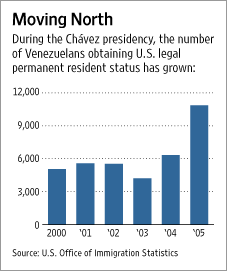 Source of graphic: online version of the WSJ article quoted and cited below.
Source of graphic: online version of the WSJ article quoted and cited below.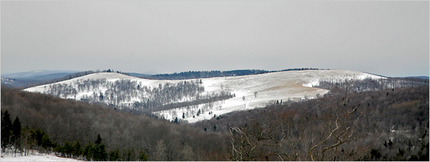
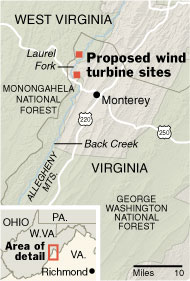 Source of map: online version of the NYT article cited above.
Source of map: online version of the NYT article cited above.
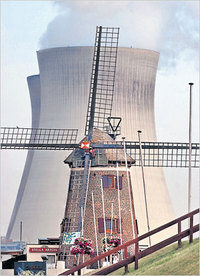
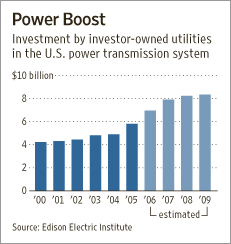 Source of graph: online version of the WSJ article cited below.
Source of graph: online version of the WSJ article cited below.